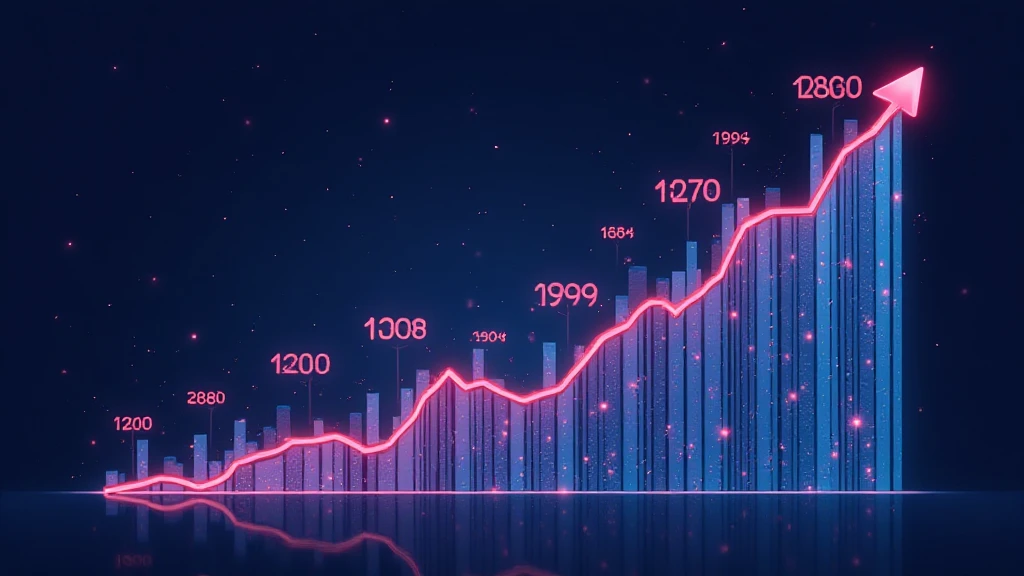Bitcoin Halving Historical Significance: Unraveling Its Impact on the Crypto Landscape
With the cryptocurrency market ever-evolving, one of the most anticipated events in the Bitcoin ecosystem is the Bitcoin halving. But what exactly is this phenomenon, and why does it hold such weight in the financial world? Over the years, Bitcoin halving has shaped the market’s trajectory, influencing prices and investor behavior significantly. This article will delve into the historical significance of Bitcoin halving, explore its implications for the future, and offer insights into the evolving landscape of cryptocurrencies.
Understanding Bitcoin Halving: A Brief Overview
Bitcoin halving occurs approximately every four years, or after every 210,000 blocks mined. During this event, the reward for mining new blocks is reduced by half. Originally, miners received 50 bitcoins per block; that number halved to 25 in 2012, then to 12.5 in 2016, and currently stands at 6.25 bitcoins following the 2020 halving.
This reduction in mining rewards is vital for Bitcoin’s economic model, created to ensure a controlled supply. The total number of bitcoins that will ever exist is capped at 21 million, making it a deflationary asset. As the supply diminishes, the economic principle of scarcity comes into play, often driving the price up, especially as demand escalates.

The Historical Significance of Bitcoin Halving
Let’s break down the historical significance of Bitcoin halving events that occurred in 2012, 2016, and 2020.
2012 Halving: The Beginning of a New Era
The first halving took place on November 28, 2012. Following this event, the price of Bitcoin witnessed a meteoric rise, surging from approximately $12 to $1,200 by late 2013. This spike was indicative of the newfound interest in Bitcoin, which began garnering attention as a viable alternative to traditional financial systems.
2016 Halving: Recognition and Market Stability
The second halving occurred on July 9, 2016, and it further solidified Bitcoin’s place in the cryptocurrency market. The price at the time was around $650 and rose to approximately $20,000 by December 2017. Beyond the price increase, this halving marked the recognition of Bitcoin as a mainstream asset, leading to more institutional investments and the launch of Bitcoin futures on regulated exchanges.
2020 Halving: Resilience Amidst Global Uncertainty
The latest halving happened on May 11, 2020. At this point, Bitcoin’s price was around $8,500, experiencing fluctuations against the backdrop of global uncertainty due to the pandemic. By December 2020, Bitcoin had crossed the $40,000 mark. This period heralded a new wave of institutional adoption, with companies like MicroStrategy and Tesla investing heavily in Bitcoin.
The Future of Bitcoin Halving
As we look towards the next halving, expected in 2024, market analysts and investors are eager to understand its potential impact. Historical data suggests a pattern of significant price increases following halvings, but what drives this phenomenon?
Supply and Demand Dynamics
- Supply Reduction: As the mining reward diminishes, new bitcoins become scarcer, which may drive prices up if demand remains steady or increases.
- Increased Investor Interest: Historically, each halving has resulted in increased media coverage and public interest, often leading to a surge in new investments.
Market Sentiment and Speculation
Market sentiment plays a crucial role in the cryptocurrency landscape. With heightened discussions on social media and the promotion of Bitcoin as a digital gold, investor behavior can significantly affect prices. The anticipation of the next halving event may create speculative bubbles, as evidenced in previous cycles.
Bitcoin Halving and the Vietnamese Market
Vietnam has seen a remarkable growth rate in cryptocurrency adoption among its users. As of late 2023, approximately 23% of the Vietnamese population has engaged with cryptocurrencies in some capacity, growing from just 8% in 2020. This trend highlights the increasing relevance of Bitcoin halving in regions like Vietnam, where people are actively seeking alternatives to traditional investments.
Moreover, local exchanges are witnessing heightened activity during halving events. The integration of Bitcoin into daily transactions adds to its appeal, with the concept of tiêu chuẩn an ninh blockchain (blockchain security standards) becoming increasingly significant for users.
Conclusion: The Ongoing Evolution of Bitcoin
Bitcoin halving holds historical significance in shaping the trajectory of cryptocurrencies. By analyzing past halvings, we can begin to draw parallels and anticipate future trends. Amidst the dynamic nature of the crypto landscape, understanding events like halving is crucial for investors looking to navigate the complexities of this emerging asset class.
As we await the next Bitcoin halving in 2024, it remains essential for both new and experienced investors to stay informed and consider the implications of reduced supply on market dynamics. Understanding these trends could potentially position you ahead of the curve in the world of digital assets.
For more on navigating the cryptocurrency ecosystem, visit cryptosalaryincubator.





